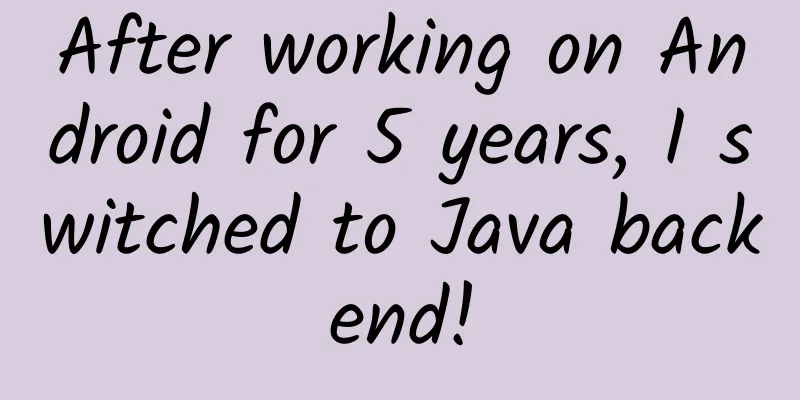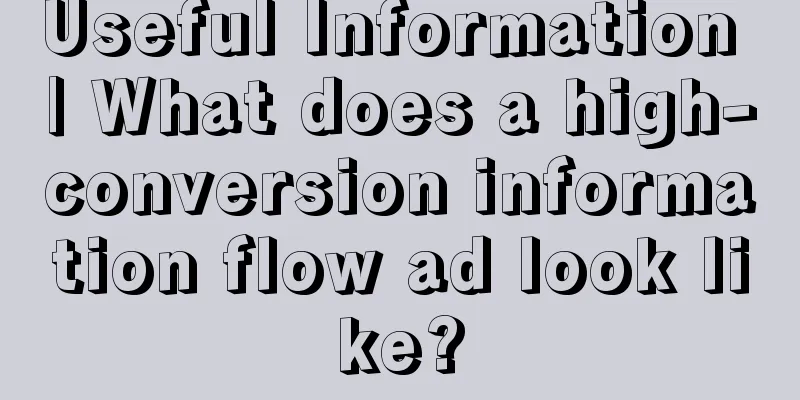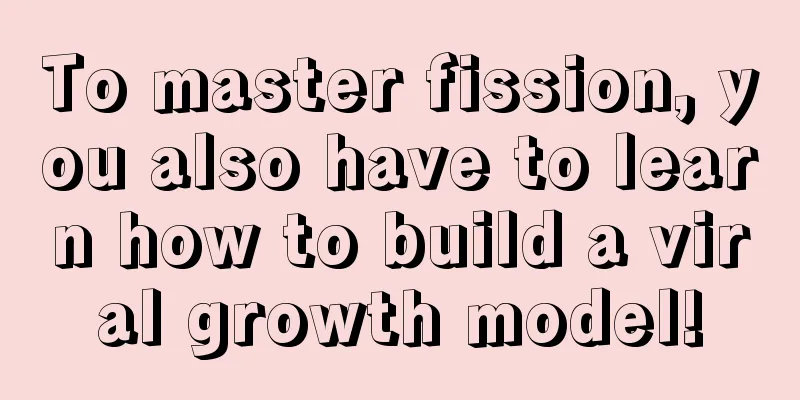After working on Android for 5 years, I switched to Java backend!

|
Many people feel that they have reached a bottleneck after 4 or 5 years of Java development. They know everything and know nothing. How to change the dilemma? Why are many people still coders after 7 or 8 years? Too much passivity in work is due to not understanding the underlying principles. The work pace of the company is relatively fast, and it is difficult to have the opportunity to learn architectural principles, and no one teaches. Therefore, at this time, learning architectural principles and expanding thinking are particularly important for your future career. There are two new employees in the same company. One of them can learn things very quickly, while the other learns very slowly and painfully. New technologies are everywhere. Why? Because the other person understands the principles. Everything has its own rules. If you master the rules, you can learn other things in the same way. If you don't understand the principles, you will run into obstacles everywhere. Learning is very slow and painful. Many programmers have a distress. After working for a long time, they just keep adding, deleting, modifying and checking in the company, but they cannot improve their skills and have no knowledge of the underlying code. They can only use it without knowing its principles! Many friends asked how to deeply learn the Java backend technology stack. Today I will share a Java in-depth learning roadmap compiled by an Internet expert, as well as free learning materials. 1. Read the source code In-depth Java learning requires reading classic source code:
Voiceover: Ask yourself, apart from writing business code, how many excellent open source codes have you read? 2. Distributed Architecture As the business becomes more and more complex, the amount of data becomes larger and larger, and the amount of concurrency becomes larger and larger, the monolithic architecture model obviously can no longer cope with it. As a Java backend architect, a distributed architecture system with high concurrency + high availability + massive data is essential:
Voiceover: Um, do you feel that you have only heard about these distributed theories sporadically, but have never studied them systematically? 3. Microservice Technology System Service layering and microservice architecture are the only way to upgrade the architecture. What Java technology system and microservice-related technologies need to be learned in depth?
Voiceover: You know Spring Cloud and Docker are the trends, so why don’t you make up your mind to learn them? 4. Performance Optimization As a backend Java technical expert, solving performance problems is the real manifestation of an architect's ability. Only by deeply studying the underlying principles of JVM, MySQL underlying optimization and Tomcat tuning can you know the reasons behind it:
Voiceover: Do you have no idea what to do when you encounter performance problems? Do you have to rely on blindly logging and modifying the code? To solve performance problems, you can't just rely on luck! 5. Typical business practice After reading Java source code, learning about distributed and microservice architecture, and mastering performance tuning methods, how can you just be a PPT architect?
Voiceover: Do you have no idea what to do when you encounter performance problems? Do you have to rely on blindly logging and modifying the code? To solve performance problems, you can't just rely on luck! |
<<: Theoretical basis for improving your App startup speed
>>: Apple's trillion-dollar market value may be its last
Recommend
[Case] UHome Hotel Operation and Promotion Case
A few days ago, I went to Thailand and wandered a...
Why hasn’t the PC died?
Despite the growing popularity of smartphones, tab...
“Deregistering your mobile number is equivalent to betraying yourself”? @Everyone, you must do these things before changing your mobile number!
These two days Topic: "Canceling your phone ...
Is "Silicone-free Shampoo" worth buying? You will understand after reading this!
Recently, a certain brand has caused heated discu...
Git's good partner: SourceTree & BeyondCompare
As a coder, you must be familiar with source code...
A comprehensive review of the development of China's large aircraft
May 5, 2017, Shanghai Pudong Airport. This is one...
Peng Xinrong: The Art of Naming
Course Catalog: 01. The Art of Naming Lecture 1.m...
Why did Oppenheimer become the leader of the Manhattan Project?
Popular Science Times reporter Chen Jie Nolan'...
Be the best or nothing: Touchscreen CEO Chen Haozhi's ambition
On the morning of October 28, the 9th Cocos Devel...
The evolution of the Android ecosystem in the past five years
The first Android phone G1 jointly developed by G...
How much does it cost to be an agent for a homestay mini program in Pingxiang?
How much does it cost to be an agent for a homest...
Use these three tips to create a wonderful creative advertisement for your product
An excellent creative person needs to read and ex...
New discoveries! What surprises did the lunar "local specialties" brought back by Chang'e-5 bring?
recently The "local specialties" brough...
Let's talk about how to achieve high performance with CQRS architecture
Introduction to CQRS Architecture You should all ...
Growing 40cm in 47 days! What did this "deer" eat to grow taller?
In a blink of an eye, our third-generation Sunny ...









